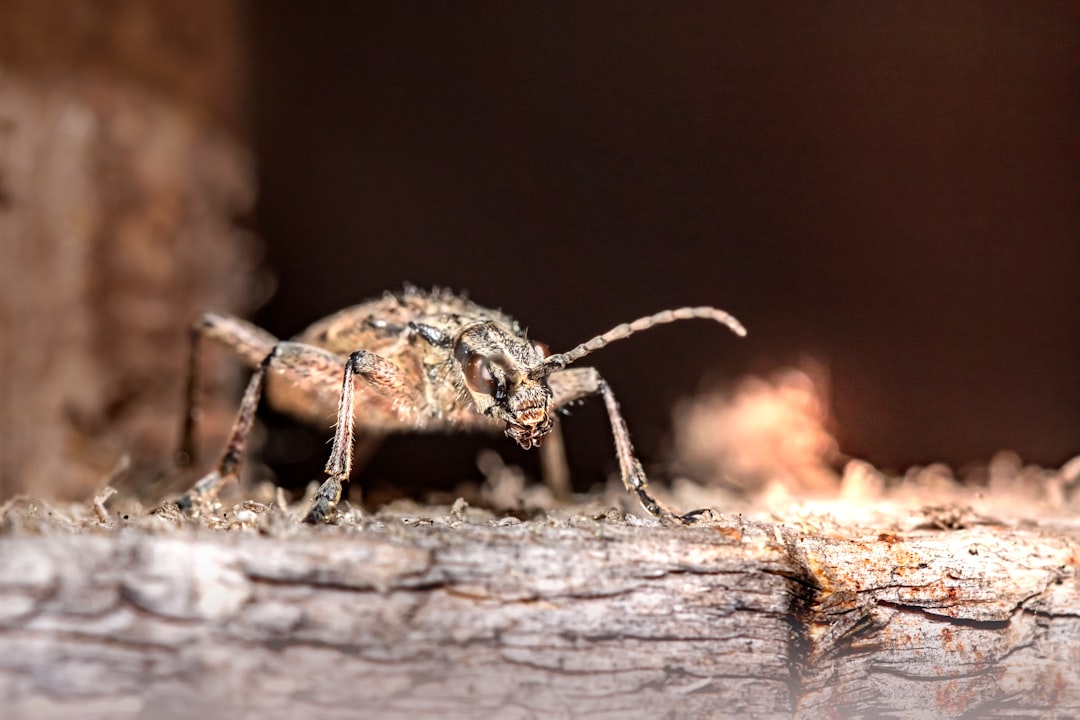In the ongoing battle against agricultural pests, the search for sustainable and environmentally friendly methods has led us to an ancient, yet innovative, practice: biological control. This approach leverages natural enemies such as beneficial insects, predators, and parasites to curb pest populations, offering an eco-friendly alternative to chemical pesticides. In this article, we explore the science, benefits, and global applications of biological control in managing pests.
The Science Behind Biological Control
Biological control, or biocontrol, involves the use of living organisms to reduce the population of harmful pests. These organisms fall into three primary categories:
-
Predators: These are organisms that hunt and consume pests. Lady beetles (commonly known as ladybugs) are a well-known example, as they prey on aphids, mealybugs, and other plant-damaging insects.
-
Parasitoids: These are insects that lay their eggs inside or on a host pest. The developing larvae feed on the host, eventually killing it. Parasitoid wasps are widely used to control caterpillars, whiteflies, and aphids.
-
Pathogens: These include bacteria, fungi, viruses, and nematodes that infect and kill pests. For instance, the bacterium Bacillus thuringiensis (Bt) is a common pathogen used to manage caterpillars and beetles.
These natural enemies are typically specific to the pests they target, reducing the risk of harm to non-target species and the broader ecosystem.
Benefits of Biological Control
-
Environmental Safety: Unlike chemical pesticides, biocontrol agents do not leave harmful residues in the environment, making them a safer option for humans, animals, and beneficial insects like bees.
-
Cost-Effective: Although the initial investment in biocontrol programs may be high, the long-term costs are generally lower because natural enemies establish themselves and provide ongoing pest control.
-
Sustainability: Biological control reduces reliance on chemical pesticides, promoting biodiversity and the health of ecosystems.
-
Targeted Approach: Biocontrol agents are highly specific, which minimizes collateral damage to non-target species and reduces the risk of secondary pest outbreaks.
Global Applications of Biological Control
Biological control has been successfully implemented across the globe, showcasing its versatility and effectiveness in diverse environments:
-
California, USA: The introduction of the vedalia beetle (Rodolia cardinalis) in the late 19th century successfully controlled cottony cushion scale infestations in citrus orchards. This marked one of the first major successes of biological control.
-
Australia: The release of the parasitic fly Trichopoda giacomellii has helped manage green vegetable bugs, a pest that threatens a variety of crops.
-
India: The use of Trichogramma wasps to control sugarcane borers has significantly reduced pest damage and increased yields in sugarcane fields.
-
Africa: Biological control agents like Neochetina eichhorniae (weevils) have been employed to combat invasive water hyacinth, which clogs waterways and disrupts aquatic ecosystems.
-
China: Pathogenic fungi, such as Metarhizium anisopliae, have been used to manage locust outbreaks in agricultural regions.
Challenges and Future Directions
Despite its many advantages, biological control faces several challenges:
-
Slow Initial Results: Unlike chemical pesticides, the effects of biological control are not immediate, requiring patience and careful planning.
-
Environmental Factors: The success of biocontrol agents depends on environmental conditions, which can limit their effectiveness in certain climates or habitats.
-
Invasive Risks: In some cases, introduced biocontrol agents can become invasive and harm native species. Rigorous testing and monitoring are essential to mitigate this risk.
Looking ahead, advances in genetic engineering and biotechnology offer exciting opportunities to enhance the effectiveness of biocontrol agents. Additionally, increased awareness and education among farmers can encourage broader adoption of biological control practices.
Conclusion
Biological control represents a promising and sustainable solution to managing pests in agriculture and beyond. By harnessing the power of natural enemies, we can protect crops, reduce environmental harm, and move towards a more sustainable future. As global challenges like climate change and pesticide resistance continue to grow, the role of biological control will become increasingly important in ensuring food security and ecological balance.

Comments
No comments yet. Be the first to comment!
You must be logged in to comment. Login